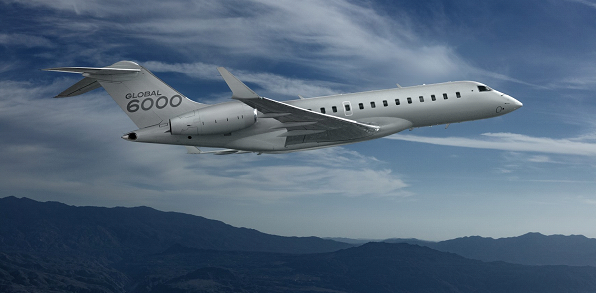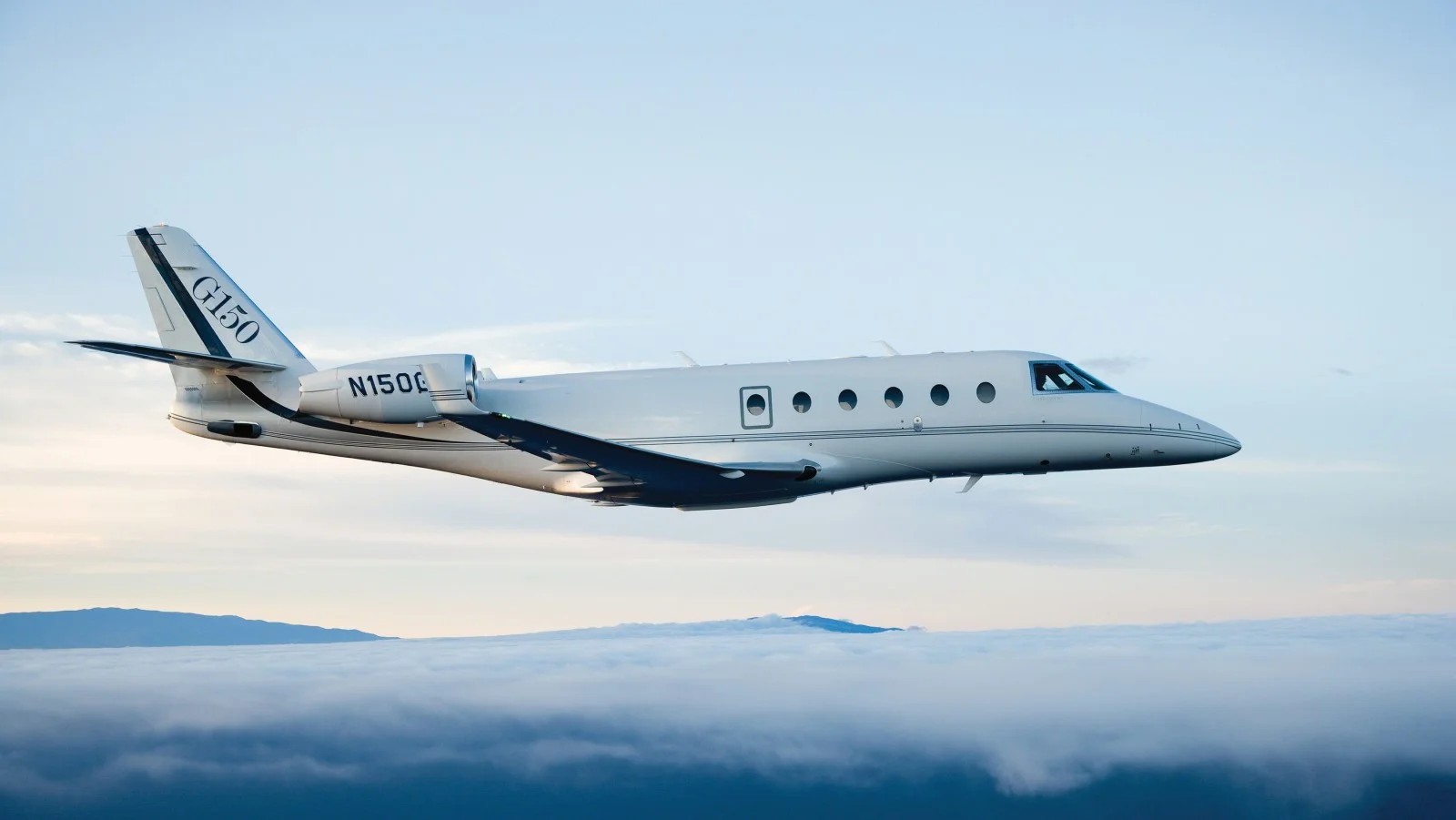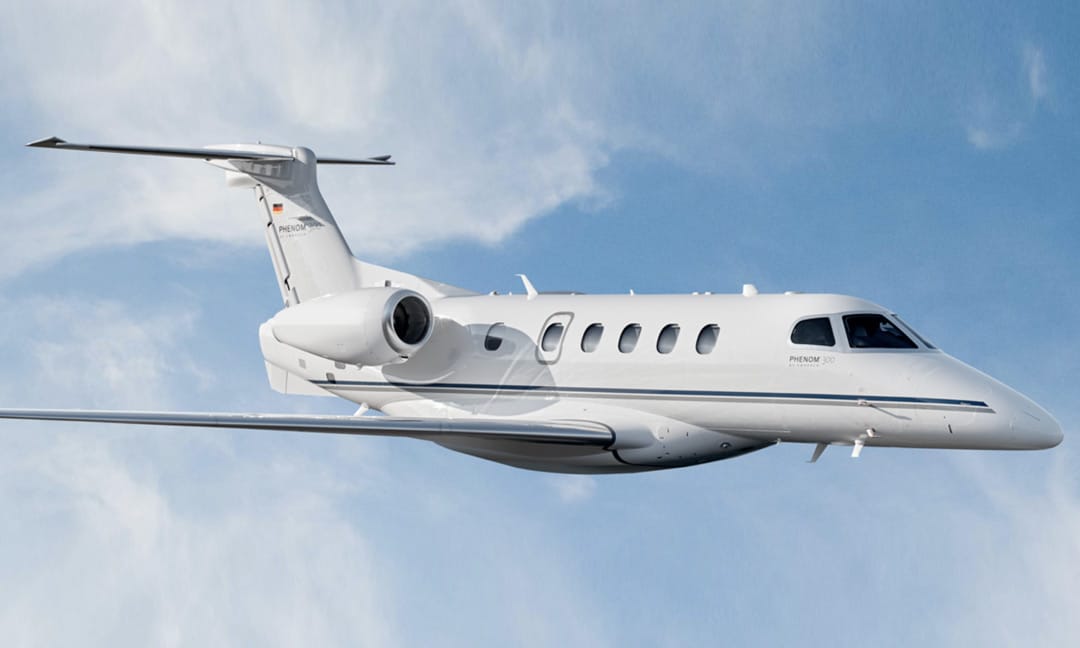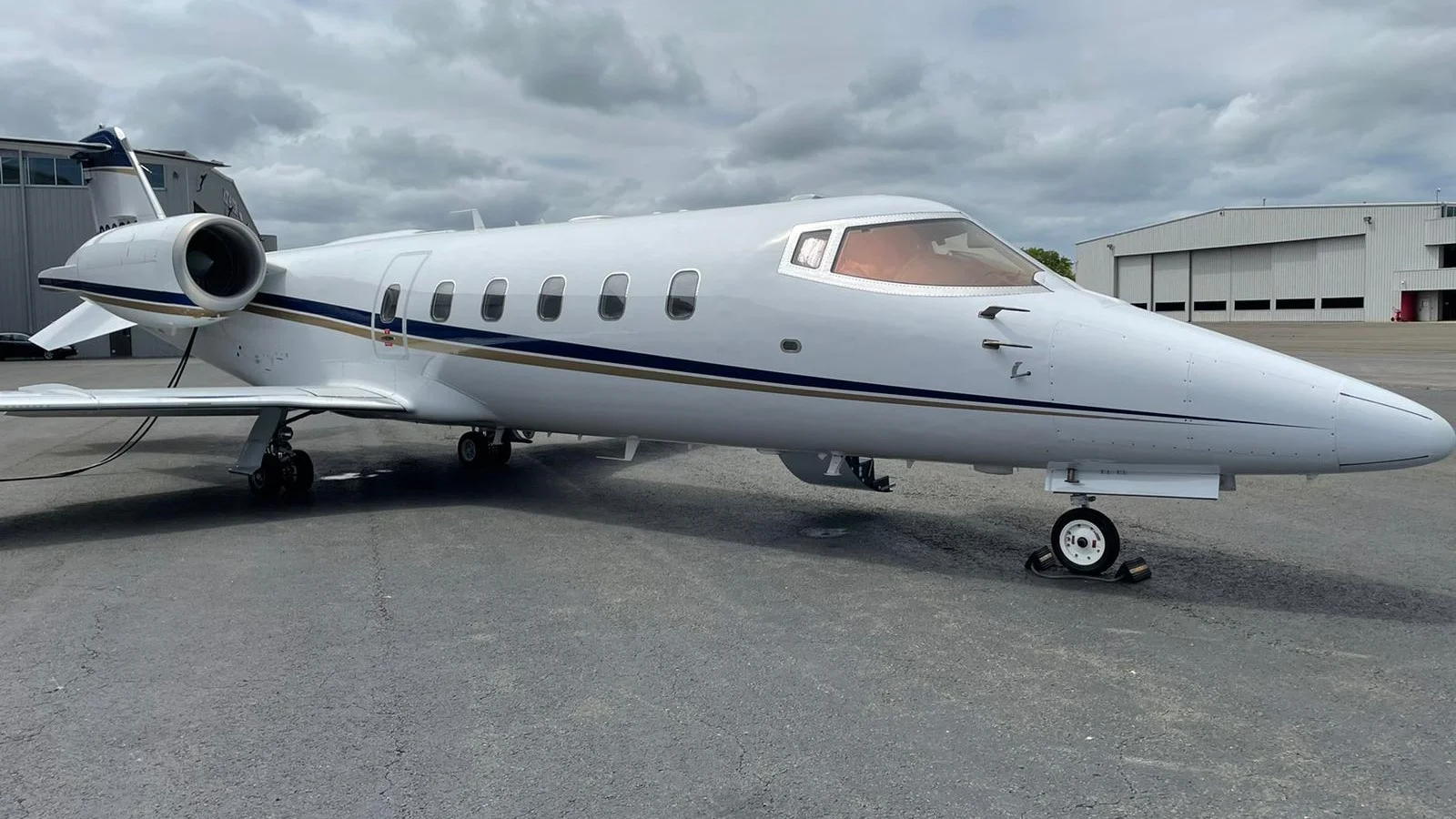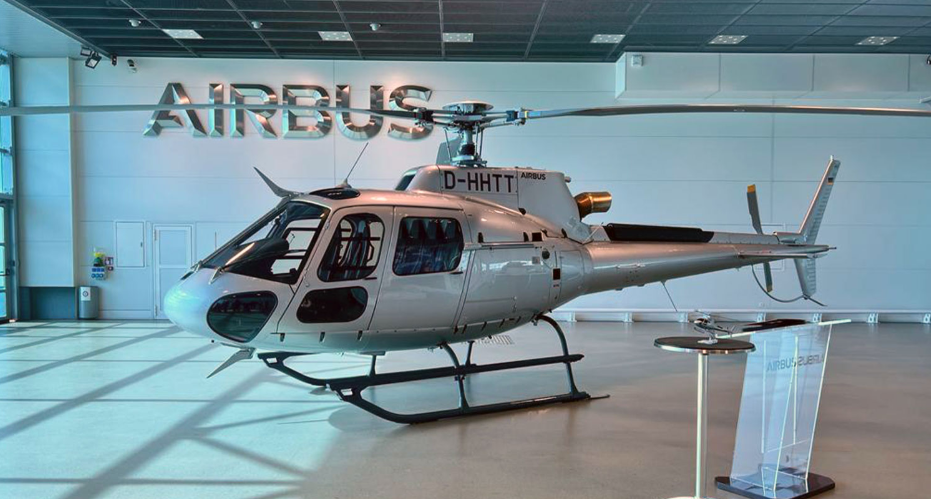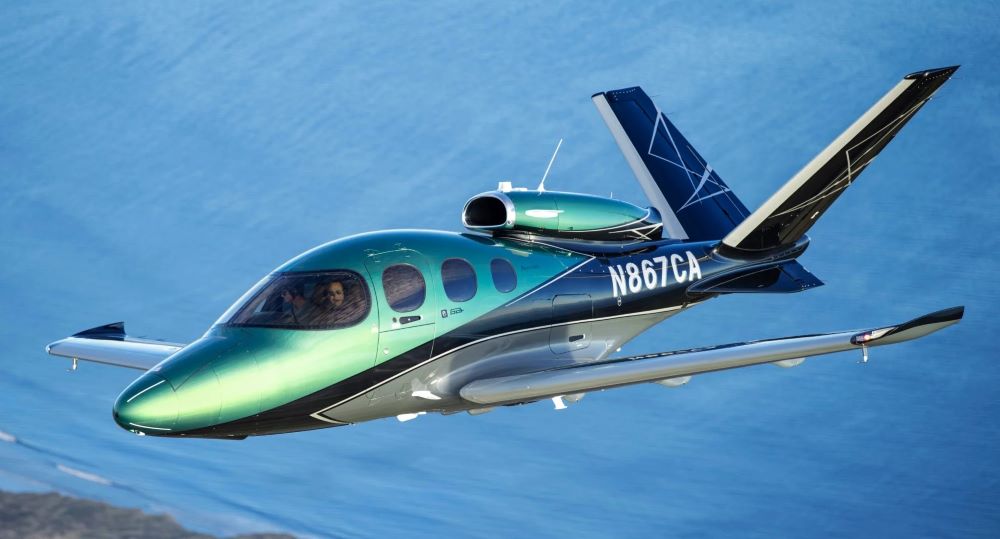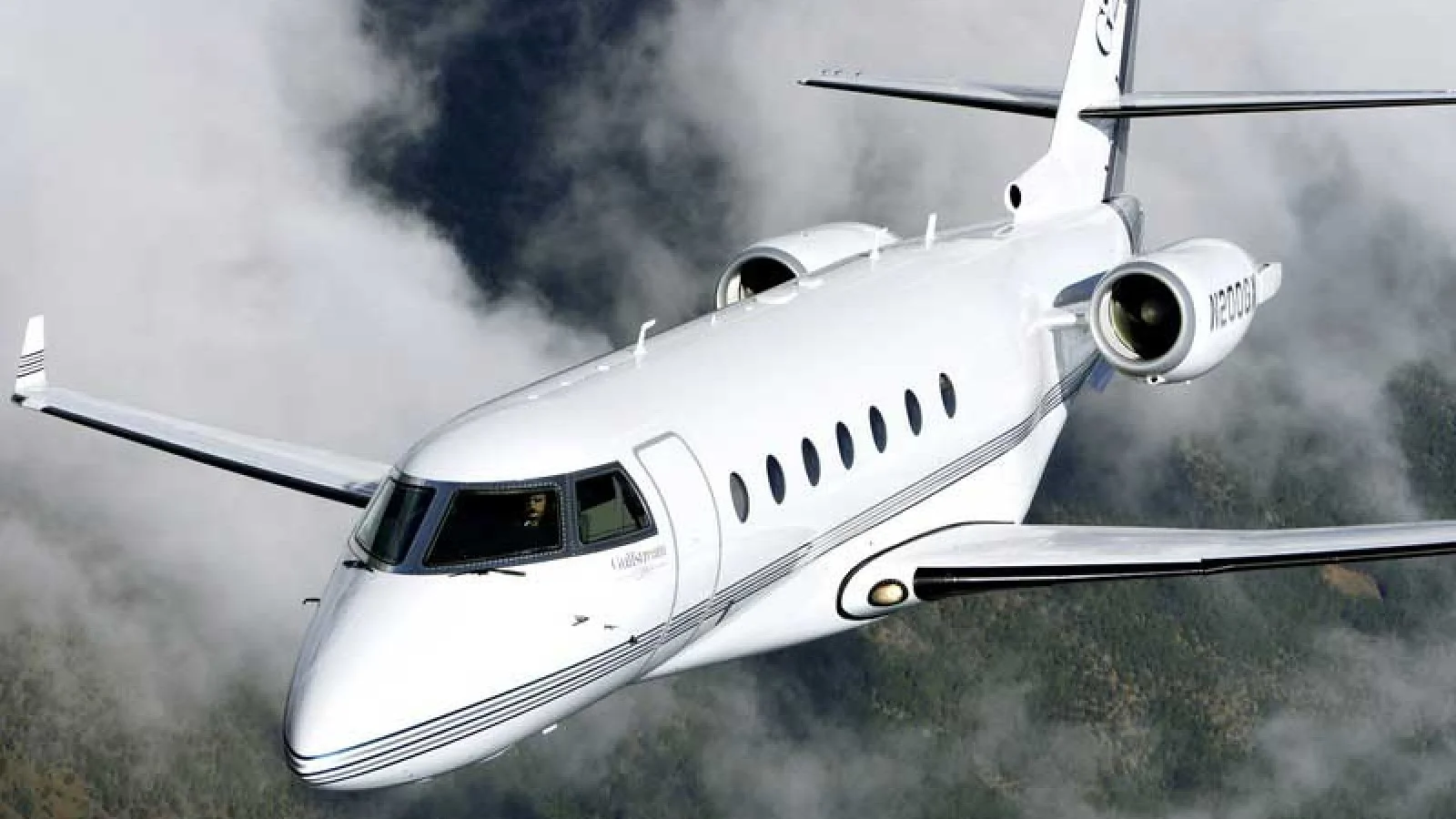A Review of The Robinson R44 : A good deal ?
7 min read
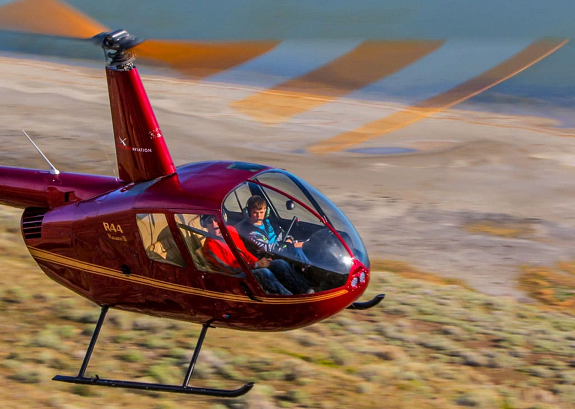
When we think of light helicopters that have truly shaped the general aviation landscape, the Robinson R44 stands out—unapologetically simple, surprisingly versatile, and impressively cost-effective.
Since its debut in the early 1990s, the R44 has evolved from a niche aircraft into a household name among flight schools, private owners, law enforcement agencies, and tourism operators. It's the kind of helicopter that has found favor with seasoned pilots and trainees alike, not because it’s flashy, but because it works, and works well.
Let’s dig into what makes the R44 such a phenomenon in its category, why it continues to dominate, and what potential owners and operators should keep in mind before jumping on board.
History and Development
Designed by aviation visionary Frank Robinson, the R44 was meant to be a dependable, affordable, and practical alternative in the light helicopter market.
Its first flight in March 1990 marked the beginning of a new chapter in rotary-wing aviation. By 1992, it had received FAA certification, and deliveries commenced the following year. What followed was nothing short of revolutionary.
By 1999, the R44 had already claimed the title of the world’s best-selling general aviation helicopter—and it hasn’t let go of that crown since.
With over 5,941 units delivered between 2001 and 2020, the R44’s track record is hard to dispute. It offers what many piston helicopters can’t: four-seat capacity, reliable performance, and reasonable running costs, all wrapped in a compact, no-nonsense airframe.
Design Philosophy
From the outside, the R44 isn’t particularly intimidating.
It features a semi-rigid two-bladed main rotor, a two-bladed tail rotor, and traditional skid landing gear. There’s nothing over-engineered here, and that’s by design.
Powering the helicopter is a Lycoming IO-540-AE1A5 6-cylinder engine, churning out a healthy 245 horsepower. It’s enough to get you moving at cruise speeds of 109 knots (125 mph) and to a top speed of 130 knots (150 mph), covering a maximum range of about 300 nautical miles without reserves. For a piston-engine chopper, that’s more than adequate, especially when considering its fuel burn of just 15 gallons per hour.
Inside the Cabin
The cockpit and cabin are modest but functional.
Measuring 3 feet 9 inches wide, 4 feet 1 inch high, and about 5 feet 8 inches long, the cabin isn't exactly spacious, but it doesn’t feel cramped either—especially when occupied by just a pilot and one or two passengers.
Baggage space is limited, with about 13.5 cubic feet split between internal and external compartments, but it’s sufficient for short trips and light luggage.
Ergonomically, the R44 is easy to handle. The cyclic is a T-bar design, simplifying transitions between seats. Hydraulic controls come standard, making it responsive yet forgiving. It’s these small details that make it accessible to student pilots without sacrificing the fidelity needed by professionals.
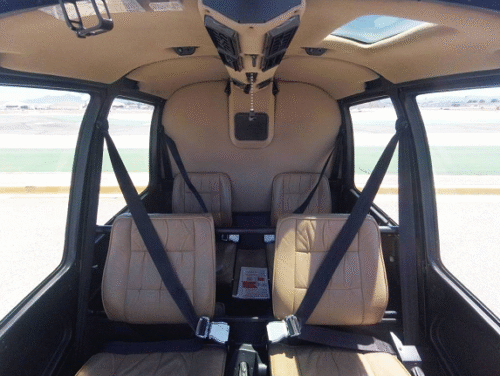
Safety Mechanics
Let’s talk safety.
It’s an area where the R44 has drawn some criticism over the years, especially following a 2013 Australian Transport Safety Bureau report highlighting a higher rate of post-crash fires compared to other piston-engine helicopters.
Specifically, 15% of U.S. R44 accidents involved a post-impact fire, compared to 7% for similar helicopters. This triggered a significant safety push, leading Robinson to retrofit all new aircraft with bladder-style fuel tanks designed to reduce fire risk.
In addition, modern R44s now come with several important safety features: crashworthy seating, an Engine Monitoring Unit (EMU) to track performance anomalies, and an annunciator panel that alerts the pilot to potential issues like low fuel or engine fire.
While the helicopter’s safety record isn’t flawless, Robinson’s proactive approach to design improvements shows a clear commitment to addressing those concerns.
Operational Costs and Maintenance
Running an R44 doesn’t just save you money up front—it continues to do so throughout its lifecycle. The R44 can be picked up new for around $485,000 to $565,000, or used for as little as $475,000.
Maintenance inspections occur every 100 hours and annually, each costing around $1,500. A major overhaul is due at 2,200 hours, setting you back about $16,500. Spread across the lifespan, that’s just $7.50 per flight hour.
Other recurring costs include:
⦁ Insurance: About $2,100 to $2,421 annually.
⦁ Hangar storage: Ranges between $1,200 and $3,600 a year.
⦁ Fuel: At $6 per gallon and 15 gallons per hour, you’re spending roughly $90 each flight hour.
All told, even with fixed costs like hangar space and insurance factored in, annual expenses for 300 flight hours land around $309,855, or just over $1,000 per hour. That might sound steep, but it’s dramatically cheaper than anything turbine-powered in its class.
For example, turbine helicopters like the Bell 505 command over $1,000 per hour in direct costs and start at $1.4 million.
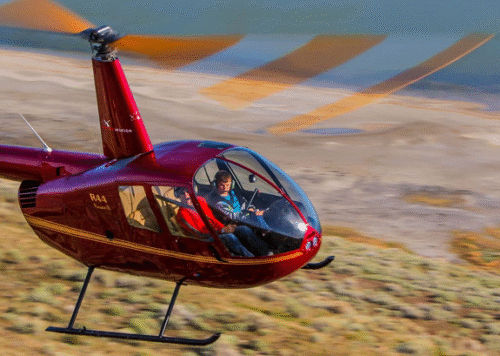
Pilot Experience and Training
For new pilots, the R44 is often their first “real” helicopter after transitioning from smaller trainers like the Robinson R22.
It retains much of the R22’s DNA but adds significant capabilities. Its T-bar cyclic and hydraulically assisted controls make flying intuitive. Whether used in flight schools or for high-time pilots looking to log hours economically, it’s a favorite because it does not require advanced ratings or excessive systems knowledge to get started.
It’s certified for visual flight rules (VFR), but with the right equipment, it can be upgraded to operate under instrument flight rules (IFR) in some regions, expanding its utility.
Customization and Use Cases
One of the reasons the R44 is so widely adopted is its adaptability. The helicopter isn’t just a blank canvas—it comes in multiple flavors, each tailored to specific operational needs.
⦁ Raven I is the original workhorse, equipped with a carbureted Lycoming O-540 engine.
⦁ Raven II steps things up with a fuel-injected engine, better performance at higher altitudes, and a slightly higher gross weight.
⦁ Clipper I and II add floats for over-water operations—ideal for coastal patrols, marine photography, or island-hopping.
⦁ Cadet strips it down to two seats and opens up space for cargo, making it perfect for training schools or utility operators who don’t need rear seating.
⦁ Newscopter and Police versions come outfitted with specialized equipment like cameras, night vision gear, and communication systems.
On top of that, optional add-ons such as advanced Garmin avionics, leather seating, air conditioning, and polycarbonate windshields (for bird strike protection) allow owners to customize their aircraft for very specific missions, from surveillance to luxury touring.
Market Position and Competition
In the world of piston helicopters, the R44 exists in a category of its own.
It has no true four-seat rivals that match its price point and performance. The Enstrom F-28F, which only seats three, is priced similarly when used—around $500,000—but lacks the capacity and aftermarket ecosystem of the R44.
On the other hand, turbine alternatives like the Bell 505 or Airbus H120 deliver more power and comfort but at double or triple the acquisition and operating costs.
Pros and Cons of the Robinson R44 Helicopter
Pros
Affordability Without Major Compromises
One of the R44’s most attractive features is its affordability.
For a brand-new Raven II, buyers typically pay around $485,000–$565,000, while well-maintained pre-owned models hover around $475,000. In the helicopter world, that’s a bargain, especially for a four-seater.
Combine that with operating costs around $225 per flight hour and a relatively cheap overhaul cost at 2,200 hours, and you get one of the most budget-friendly helicopters available for private owners, flight schools, and small businesses.
Excellent Versatility
Few helicopters in this price and performance range offer the kind of mission flexibility the R44 does.
It’s used for everything from flight training and sightseeing tours to law enforcement and electronic news gathering. The availability of multiple variants (like the Clipper for over-water operations or the Cadet for flight schools) means operators can tailor it precisely to their needs.
Simple to Operate and Maintain
The R44's design philosophy prioritizes simplicity, making it easy to operate and maintain. Its hydraulically assisted controls and T-bar cyclic provide a stable and intuitive flying experience, even for relatively new pilots.
Routine maintenance is straightforward, and scheduled inspections are affordable compared to turbine models. Many owners and instructors appreciate how the helicopter is mechanically uncomplicated and doesn’t require excessive downtime.
Cons
Safety Record Scrutiny
Despite the improvements over the years, the R44’s safety record has raised eyebrows.
Most notably, a 2013 report from the Australian Transport Safety Bureau highlighted that post-crash fires occurred in 15% of U.S. R44 accidents, more than double the rate for other piston helicopters.
While the switch to crashworthy bladder fuel tanks has helped address this issue, the helicopter’s past reputation still lingers. It’s not that the R44 is inherently dangerous; it’s that when something goes wrong, the consequences have at times been more severe.
Final Verdict: Who Should Consider the R44?
The Robinson R44 hits a sweet spot in the helicopter world: it’s affordable, efficient, and versatile. It’s not a luxury chopper or a high-performance hauler; but it was never meant to be. It’s an honest machine that does what it promises without breaking the bank.
Its downsides; tight cabin space, a piston engine, and some historical safety concerns are real, but they’re not deal-breakers for most.
In short: the Robinson R44 isn’t perfect, but for what it offers, and what it costs, it’s one of the best helicopters you can buy in the light piston category.
